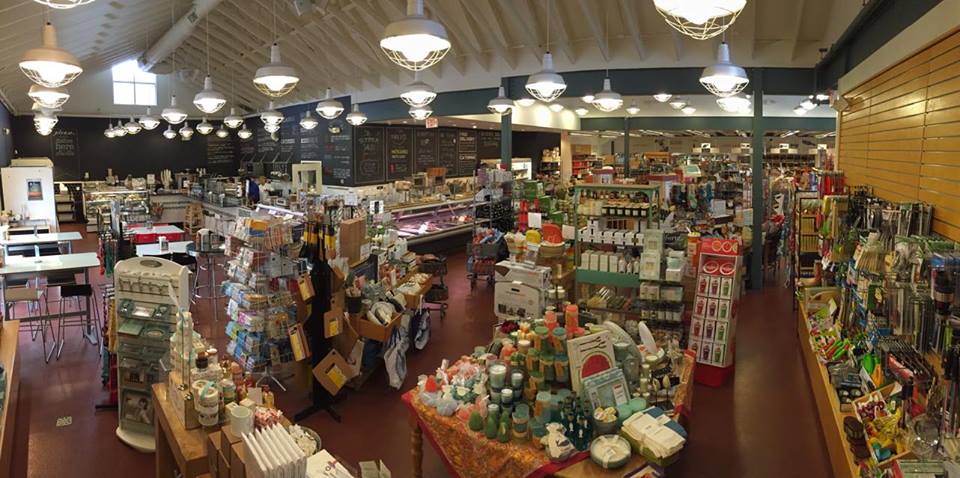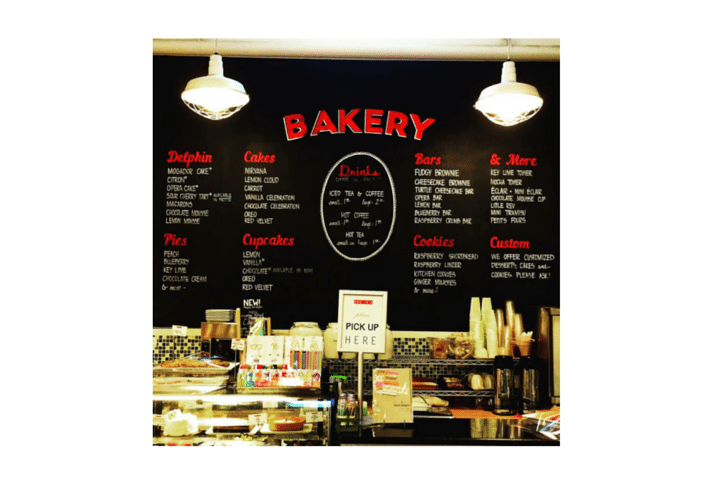By Perry Reynolds
Vice President, Global Trade Development, IHA
What makes independent stores tick? Why do the small business owners on Main Street USA continue to work to stay open even as they face stiff competition from retail behemoths on-line and big-box stores lining the malls?
Perhaps it is because their stores make them happy.
Independent retailers like listening to the music in their stores, smelling the coffee brewing at their coffee bars, catching the rays of sunshine pouring through their sparkling storefronts and knowing their customers come in for that same atmosphere.
Retailers around the country described an almost sensory reaction: taking in the sight, smell and sound of their stores makes them happy.
“Even after 14 years (4,928 days) I still feel a sense of exhilaration when I unlock the door to my store,” says KC Lapiana, owner of Pittsburgh’s In The Kitchen. “It is always inviting, with beautiful products and displays. It always smells inviting, too.”
For Ashley Berry, owner of Someone’s In The Kitchen in Rapid City, S.D., colorful products are the ticket to her heart.
“You’ve got this big open space with all these beautiful products that your team has put together in displays that are almost art,” she says.

For Berry, merchandising displays are a visual reminder of the well-honed teamwork required for a successful business.
“Everyone has a hand it in those displays, everything is put together with a purpose and not just slammed on a shelf,” she says. “And I get to be surrounded by the beauty every day. It is so much better than a cubicle.”
That delight in a sense of space is echoed by other retailers when asked what made them happy about their store.
“I love the smell of coffee that greets me every time I enter, and I love the sunshine coming in my front windows in the mornings. It is warm and cozy and comfortable,” says Martha Nading, owner, The Extra Ingredient, in Greensboro, N.C.
“Our space! It is a stand-alone building and we were lucky enough to be the first tenants, so we had some say in its design,” says Amy Pomp Lorette, general manager of Mrs. Cooks in Seattle. “We’ve got entrances on either end and both sides are completely windows, so we get tons of light, which is important in gray Seattle. Although it isn’t a huge space, about 3,000 square feet, the ceilings are tall, so it feels larger than it is.”
Color also plays a role in Pomp Lorette’s happiness quotient.
“Several years ago we changed the exterior colors from a sedate stucco to bright gold, orange and apple green, and they’ve really become a strong part of our brand identity. This winter we decided to bring our colors inside in the form of a cash-wrap update, the best part being a massive apple green quartz counter,” she says.
“I love the openness of the floor space,” says Doug Shube, one of the owners of Shubie’s in Marblehead, Mass., about his family’s store.
“We have lots of windows, so there is a lot of natural light and it really makes the store look beautiful.
Our store is shaped like three old New England-style barns pushed together and we have huge ceilings with rafters in two of the three sections,” he says.
The back wall, painted in chalkboard paint is also something Shube loves: he uses the image of the wall in printed materials saying, “It is almost a signature look for us.”
Shube says the music piped through the store also makes him happy.
“Music is hugely important to me,” he says. “We use a combination of Pandora and a playlist I have created. We listen to a lot of Motown, classic oldies, some classic rock and I like to throw in a few current indie songs.” He adds store customers seem to agree with his choices. “You will often see people dancing or singing along.”
And he is not alone among retailers to take pleasure in putting together a play list for his store.
In Cary, N.C., Dan Saklad cites music as the one of the elements he loves about his store, Whisk.
“The surround sound sensory experience that we create for our customers is what makes me happy,” he says. “Our music is changed constantly based on watching customer reactions to songs or genres of music.”
What makes retailers happy helps them stay, as Saklad says, “in tune,” with their customers.
“We monitor the smells that draw customers to the kitchen. We change our merchandising displays on a daily basis to attract the customer’s eye. We put tactile pieces throughout the store so customers can touch things that make them laugh,” he says.
“I always remember that even though our surroundings are familiar to us and we know who we are and what we provide, the customer may be walking in for the very first time and they deserve all we can provide,” says Lapiana.
To that end, Shubie’s has added product lines that customers asked for, says Shube.
“We have really expanded our gift department and I love the new lines we have brought in–Mariposa, Vietri, Couleur Nature, Hot Skwash and many more,” he says. “We’ve added new lighting to the gift department and have replaced our wooden shelves with glass, which is a nicer way to display the product.”
Retailers also find that their happiness quotient is contagious and can be passed on to customers, which makes them even happier.
“Both our staff and our customers are wonderful–intelligent, appreciative of what we do and offer. It makes coming to work less of a job,” says Pomp Lorette.
“I love the sound of our staff and customers laughing,” says Mary Liz Curtin, owner of Leon & Lulu, in Clawson, Mich., who points out that laughter helps inspire another one of her favorite sounds.
“I also love the crack of bags being opened when they are about to be filled with merchandise,” she says.
![]()



